My husband and I recently returned from the most epic vacation of our lives: a tour of Italy. We were celebrating a number of milestones, which I won't mention here. As recently promised to my subscribers, here's my take on some of the music experiences I had there.
Actually, there wasn't quite as much music on the street as I had anticipated, especially for a country with such a rich music tradition. But imagine my delight when we did indeed get serenaded on a train! We were in our seats, watching people board. In walked a solo passenger carrying an amp and . . . not a guitar in a case, like you might expect, but a violin and bow! And yes, after boarding, he began to play, starting near us! Even an amateur musician would have noticed certain happy things going for him"”he played the notes in tune and he could play fast and do so cleanly, which was a little bit of a surprise to me. I was also impressed that he chose tunes that were well in his ability to show off accurately. Sadly, virtually all the passengers ignored him. But it was a sign to myself that I was indeed a musician who had truly experienced the musician life as I found myself instinctively wanting to give him a coin for his efforts. I'm sure he would have liked more than the little we had on hand. Yet, as he walked to various areas of the train and continued to play a little way off, I imagine he felt my gaze and smile follow him. Hopefully he was able to appreciate that his talent offerings were admired by at least one person there!
As a musician, naturally I ensured we had at least two different concerts planned into our two-week itinerary. One concert we attended in Venice was breath-taking. First, having a full house was exciting, with no empty chair in sight by the time it began. The space itself was inspiring, with statues, paintings, and impossibly high ceilings in a small, unique cathedral with incredible acoustics. Add to that the fact that each night, 300-year-old legendary and well-preserved instruments made by the likes of Amati, the teacher of Stradivarius, were borrowed from the nearby music museum each night for the performers at the concert. In the words of the museum attendant, "Old instruments have to be played to be preserved." Then keep in mind that the group itself, The Interpreti Veneziani, has been rehearsing, recording, touring world-wide, and performing 200 plus concerts per year of Vivaldi's Four Seasons for tourists for decades. The subtlest of tempo changes were right in sync, and the purity of sound was like the most delicious dessert you've ever tasted, even better than gelato! In the most special moments, it seemed to me as if the lifelike statues and people in the paintings were suddenly awakened and pausing in their activities to lend ears to this heavenly sound.

I will next acknowledge how cool it was to get to hear live Gregorian chant"”an experience I had to seek diligently for and have a little bit of luck in finding where it was still offered. We had to climb a steep hill to get to the monastery, which took some time. But it was worth it!
The last music experience was less inspiring to me, but still memorable and instructive. We were at a traditional Italian restaurant, with every detail in place. I could mark off a checklist all the iconic décor you'd expect: the outdoor tables, the lights, the red-and-white-checked tablecloths, the bookshelves of wine, the bottles of olive oil and vinegar, the solemn but friendly greeting from the waiters of "Ciao" or "Buonasera," the handwoven baskets and rows of dried onions and other vegetables hanging in the alcove. With such a setting, in my imagination, I could almost hear mandolins and accordion players. (We all recall the dinner scene in Disney's Lady and the Tramp, right?) But instead, the music playing at full volume was none other than Elvis. Believe me, I appreciate Elvis just as much as the next person, but in this setting, it didn't quite seem to fit. In my view, it would be as unexpected as going to Hard Rock Cafe and hearing opera arias. But what can I say? I had heard from an Italian native or two that, similarly to how I am obsessed with pretty much anything Italian, Italians are rather obsessed with America. Apparently this extends past T-shirts and American phrases to popular songs as well; though I was disappointed at the selection at the time, I will say that if this is true, then overall, Italians show good taste in their appreciation of American music!
And finally, I need to publicly record my nerdy moment: hearing an Italian ambulance, figuring out the interval"”also the exact notes, adjusting for the Doppler effect"”and mentally practicing how to demonstrate the sound on my violin to my students when I got back to "gli Stati Uniti!"
After studying the Italian language at BYU, making Italian recipes, learning of architecture, art, history, geography, and music related to Italy, having popular Italian music on repeat on my phone, and having a job playing Italian music for a summer at a theme park, I've been trying to get to Italy ever since 2001. And it finally happened! For me, this was not just one of those many must-see places that everyone says to visit, but truly a destination I will remember for a lifetime. Overall, Italy provided the experience I had anticipated. And musically, it was memorable as well!
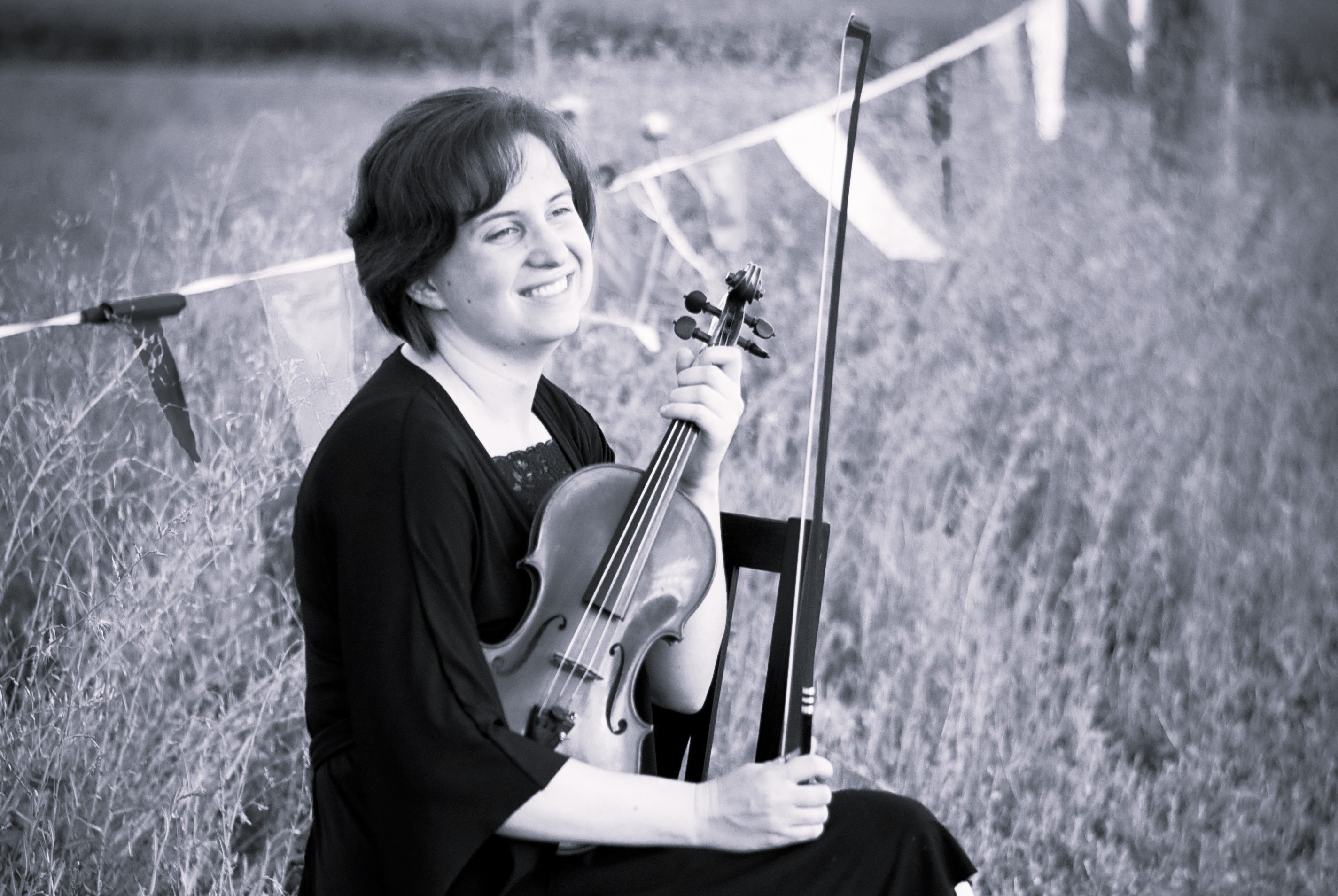
Cami Shaskin
Violin Blog
About
Updates
Quick Access
Archive
2021
Jan
2022 16 - Welcome to My Blog
23 - Violin Teaching Kits
Feb 06 - Valuable Techniques
07 - From the Top
20 - Violin Jokes
Mar 06 - Singing in Orchestra
13 - Nurtured by Love
21 - Helpful Websites
27 - Unique Case Uses
Apr 10 - All About Tone
24 - Teaching Values
May 02 - Believing Teachers?
29 - Our Quartet
Jun 26 - Violin Bridge Tips
Jul 07 - Clever Violin Memes
20 - Horses and Lions
Aug 04 - Music During Covid
16 - Favorite Music
Sep 12 - Being There
Oct 16 - Sight Reading Tips
Nov 05 - Why It's the Frog
Dec 20 - Bach on the Brain
30 - Impact for Life
Jan
Jul
Aug
Oct
Nov
2023 23 - Tendonitis Helps
Feb 21 - An Old Performance
Mar 23 - Cars3 & Coaching
Apr 29 - Preferred Brands
May 27 - Love: A Calling
JunJul
Aug
08 - Music Opens Doors
SepOct
Nov
27 - Useful Analogies
Dec 28 - A Humorous Anecdote
Jan
Feb
May
Jun
Aug
Oct
Nov
2024Feb
15 - Our Commonality
Mar 10 - Extras
18 - Autopilot
AprMay
Jun
06 - Motivation
JulAug
26 - The Ink
SepOct
Nov
26 - Music Copyright
Dec Jan
Mar
Sep
2025 15 - Fame and Fortune
FebMar
14 - Intermission
Apr 18 - A Day in the Life
May 02 - Oops!
Jun 14 - A Science or an Art?
Jul 15 - A Difficult Post
AugSep
20 - Anxiety Interview
Oct 02 - Sounds of Italy
Nov No posts to display.
Dec No posts to display.
Jan
Feb
Aug
Feb
No posts to display.
Mar No posts to display.
Apr 17 - Bittersweet Moments
May No posts to display.
Jun No posts to display.
JulAug
No posts to display.
Sep No posts to display.
Oct 31 - My Video Series
Nov No posts to display.
Dec No posts to display.
Posts
Sounds of Italy
| Love it | Interesting | Inspiring | Want to share |
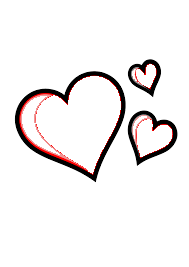 |
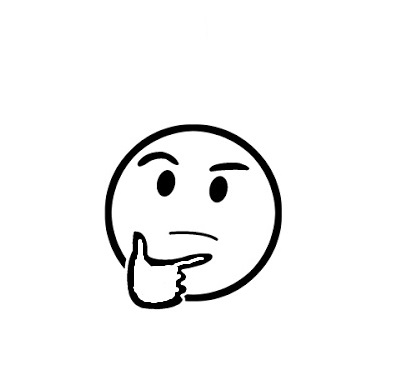 |
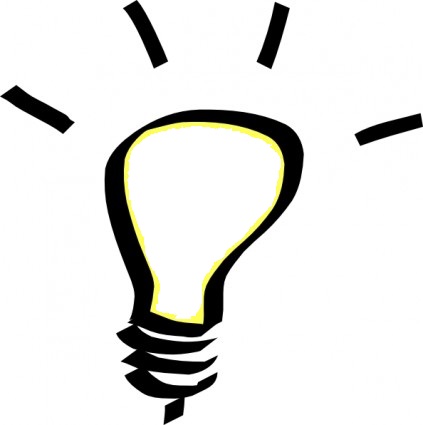 |
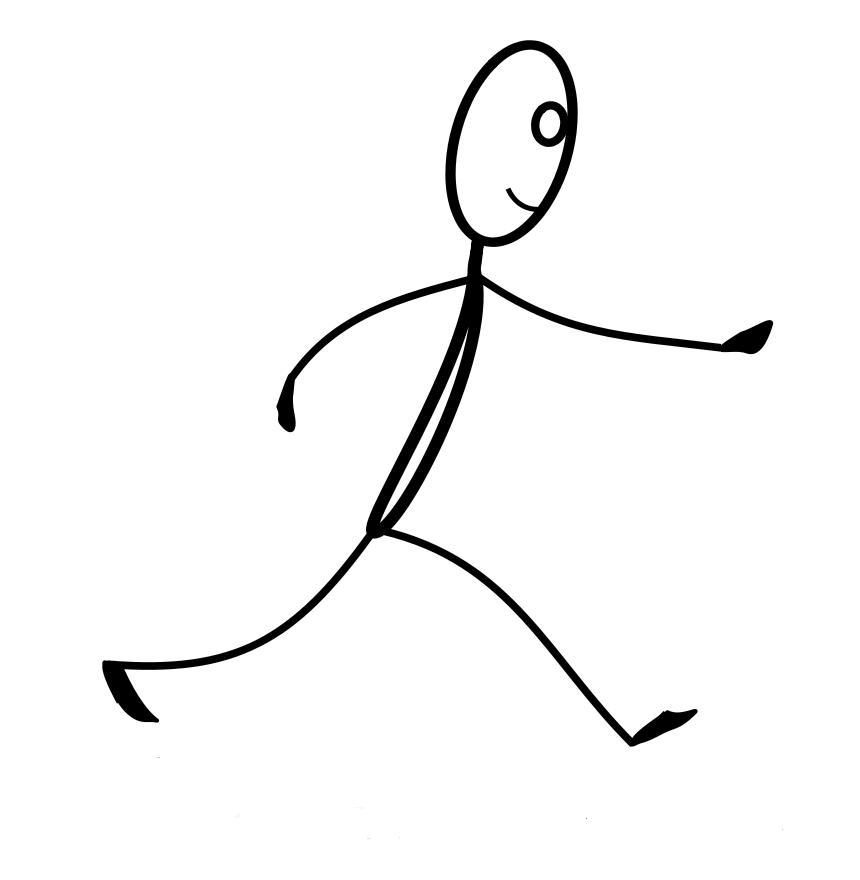 |
| 1 | 1 | 1 | 1 |
Like this post? Link back to it later by copying the URL below.
© 2021-2025 All Rights Reserved
This content has been proven to be completely dairy-free, gluten-free, sugar-free, and made from code not treated with rBST. No animals were harmed in the making of this blog. The views presented do not necessarily represent the views of Ms. Shaskin's neighbors, kin, the U.S. government, or a mysterious worldwide network of musicians. Any reproduction, retransmission or reposting of content without crediting the author (basically me) is prohibited. Free Wi-Fi not included. If this is a life-threatening emergency, close your browser and dial 911.



